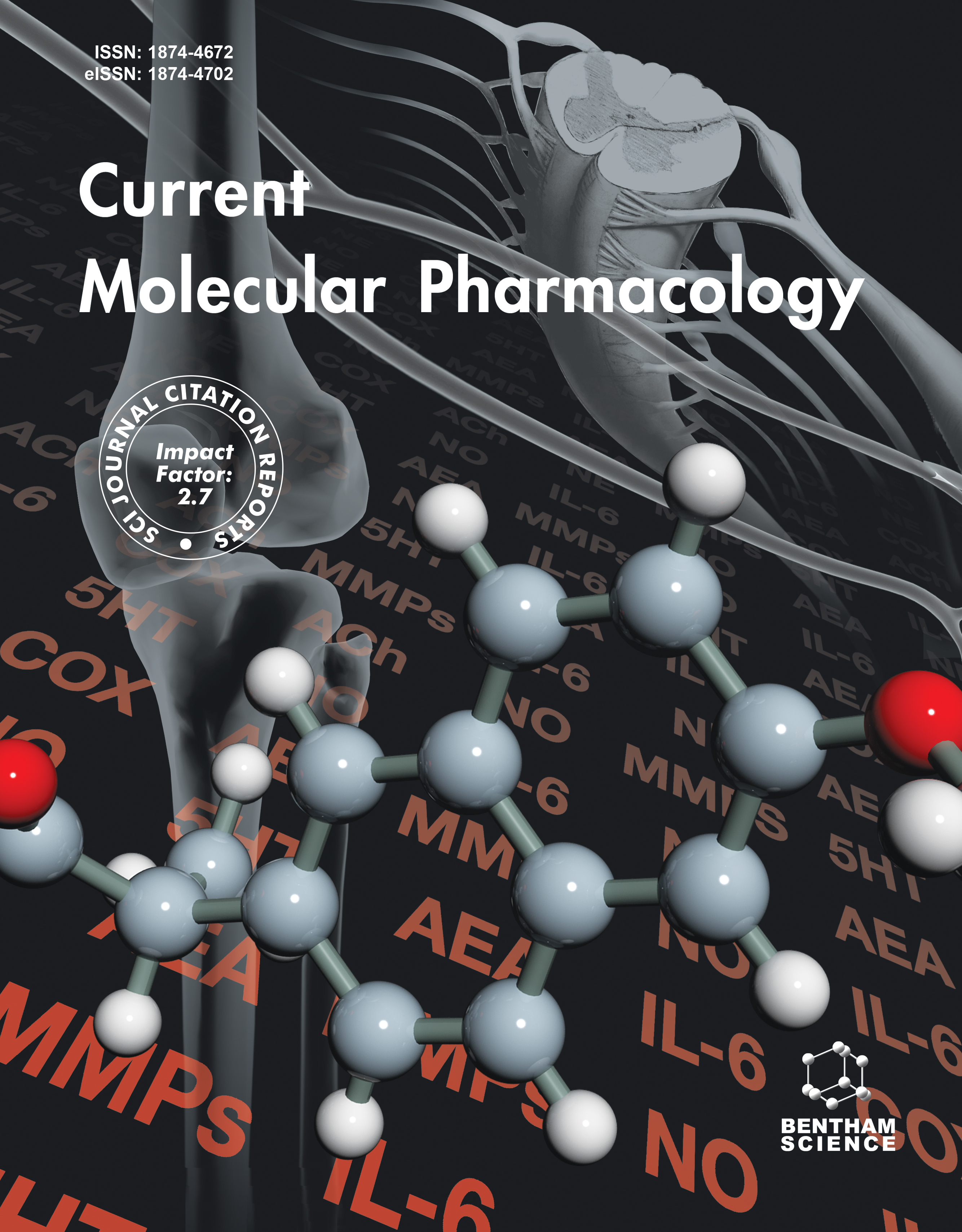-
oa Maprotiline Prompts an Antitumour Effect by Inhibiting PD-L1 Expression in Mice with Melanoma
- Source: Current Molecular Pharmacology, Volume 17, Issue 1, Jan 2024, E18761429259562
-
- 09 Jun 2023
- 22 Aug 2023
- 13 Oct 2023
Abstract
Research has revealed that the expression of PD-L1 is significantly upregulated in tumour cells and that the binding of programmed cell death protein 1 (PD-1) to programmed cell death 1 ligand 1 (PD-L1) inhibits the response of T cells, thereby suppressing tumour immunity. Therefore, blocking PD-L1/PD-1 signalling has become an important target in clinical immunotherapy. Some old drugs, namely, non-anticancer drugs, have also been found to have antitumour effects, and maprotiline is one of them. Maprotiline is a tetracyclic antidepressant that has been widely used to treat depression. However, it has not yet been reported whether maprotiline can exert an antitumour effect on melanoma.
This study aimed to investigate the antitumour efficacy of maprotiline in mice with melanoma.
In this study, female C57BL/6 mice were used to establish a tumour-bearing animal model. After treatment with maprotiline, the survival rate of mice was recorded daily. The expression of relevant proteins was detected by Western blotting, the proportion of immune cells was detected by flow cytometry, and the infiltration of immune cells in tumour tissue was detected by immunofluorescence staining.
Maprotiline was found to inhibit the proliferation and migration of B16 cells while increasing cell apoptosis. Importantly, treatment with maprotiline decreased the expression of PD-L1 and increased the proportion of CD4+ T cells, CD8+ T cells, and NK cells in the spleen. It also increased the infiltration of CD4+ and CD8+ T cells in tumour tissue.
Our research findings suggest that maprotiline enhances the antitumour immune response in mouse melanoma by inhibiting PD-L1 expression. This study may discover a new PD-L1 inhibitor, providing a novel therapeutic option for the clinical treatment of tumours.


